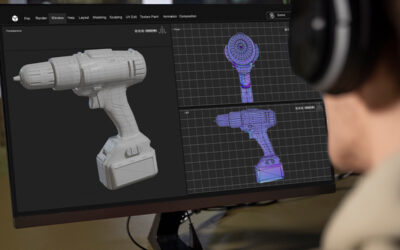According to a recent CBC News report, the Canadian Museum of Nature in Ottawa is part of an international movement to digitalize archived collections of plants and animals. In the pilot program, over 1 million specimens (of the total of 3 million) were entered into an online database, making it easier for researchers and the public to access information relating the specimens preserved in this natural history museum.
Digitalization of Information
All museums/institutions that have a collection of plant and animal specimens are part of this digitization move. As the plants were flattened for preservation, they could be easily scanned. The name of each and every specimen along with information on where and when it found will be available to users. On completion of data entry of this information in an online database, the web portal is expected to go live later this year.
Such digitization projects are not new. Databasing and electronic document imaging by the New York Botanical Garden Herbarium is helping to archive its estimated 7.3 million plant specimens. This drive began seventeen years ago and the institution has been testing new protocols and tactics for increasing the rate of digitization through combinations of data collaboration, field book digitization, partial data entry and imaging, and optical character recognition (OCR) of specimen images. Data entry with OCR is faster, more accurate and more efficient than keystroke entry as the images are converted to a machine editable text format that a computer can manipulate. In fact OCR is ideal when it comes to scanning photographs or artwork, documents with busy backgrounds, and also brochures, resumes and application forms.
Benefits of Scanning and Indexing
- Digitalization allows the content to be put online; for instance, in the case of the museums, the content becomes easily available for researchers and the general public
- Makes information easy to access
- High resolution images
- Allow simultaneous access by more than person or entity
- Overcomes the issue of damage or loss as the information is stored in digital format
- Helps assess the value of photos, documents, film, audio and video collections
- Preserves information for posterity
Volume document scanning, photo scanning, and image processing tasks are best handled by professionals. Established outsourcing companies offer comprehensive document management services for educational institutions, healthcare facilities legal practices and businesses of all types.



